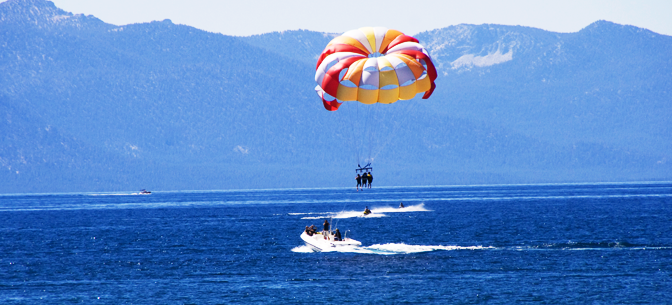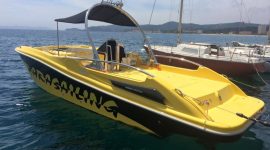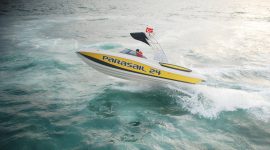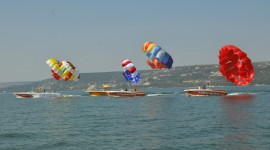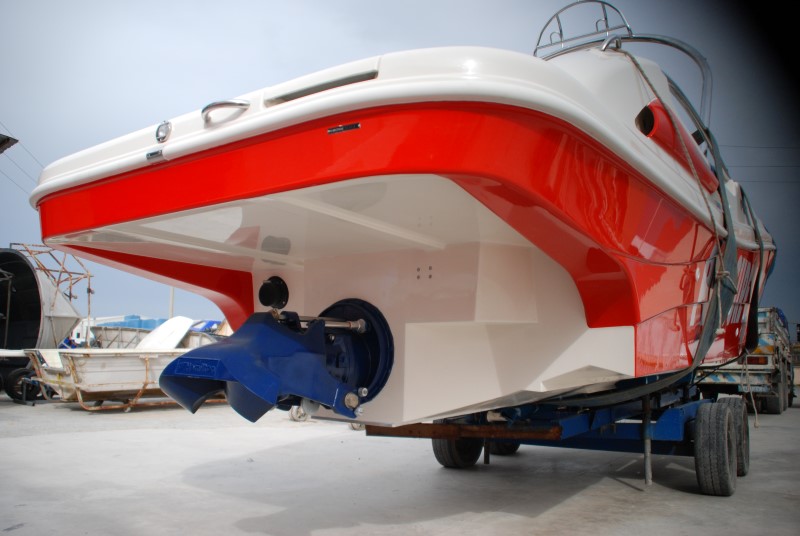We will mention a few important parasailing terminologies in this post so parasailers can understand it when they hear it :
Body Harness : means a webbed parasailor support system consisting of a lower back and seat strap, leg straps and adjustable waist strap which attaches the parasailor in a sitting position to the parasail
Flight Zone : means any pre-determined area in which parasail activity is conducted Flight Technician means a trained crew member responsible for the parasail canopy operation, parasailor assistance prior to flight and observation of the parasail while in flight.
Level Wind : means a device attached to a winch system to assist the tow line to uniformly wrap and unwrap from the winch spool.Manned Parasail means a moored parasail with a passenger or parasailor attached.
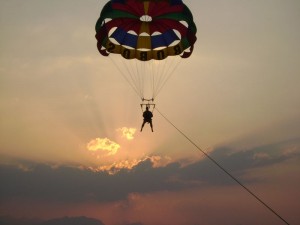
Parasail System : means the combination of an approved parasail canopy, approved flexible harness attached to a tow bar or an approved rigid harness
Parasail canopy : means a modified parachute that ascends when towed also referred to as an ascending parachute or gliding parachute.
Winch System : means a hydraulically powered parasail system launch and recovery system powered by hydraulics consisting of a support frame, winch spool and level wind device.
Tow Bar : means a mechanical bar like device which passenger(s) wearing flexible harness system may be tethered to.
Riser : means the webbing where parasail lines and body harness attach. Used by flier for guiding the chute right and left.
Parasail : means the distant relative of the “ascending parachute”. Comprised of a twenty four or sixteen gore canopy, vents and stabilizing ears connected to risers and/or toggles for chute control by the “flier”, designed to ascend and descend by gathering and releasing air, by means towing or manually.
*The article source parasail.org
